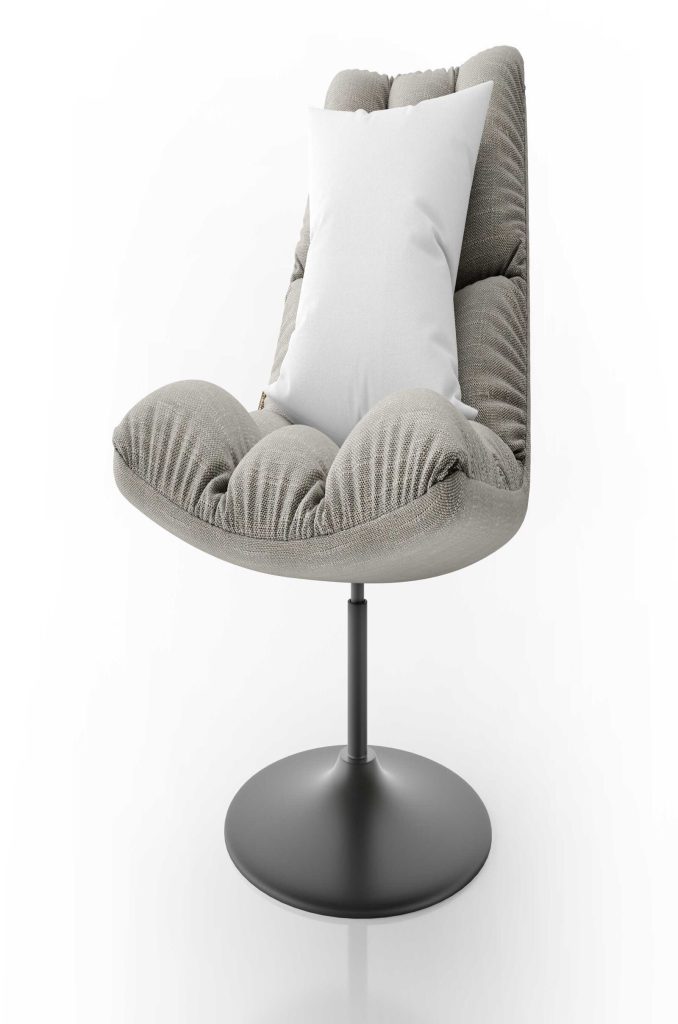Technologies do not stand still, and today it can be difficult even for an experienced designer to distinguish a real photograph from a real render. Folds and the absolute reality of plaid with fine wool knitting, and untreated wood — designers bring their 3D render works to the ideal. It’s time for the Genense Studio experts to reveal their secrets of realistic renders.
How to Create High-Quality 3D Renderings
It’s quite difficult to create a hyper realistic render without making an effort. The process is broken down into numerous stages that are very similar to the steps involved in taking a photograph. It’s time to learn how experienced 3D artists produce their stunning level of realism.
Intelligent Lighting System
To create the most realistic 3D rendering lighting scene in a virtual space, the artist tries to recreate natural and artificial lighting, using basic techniques. To bring the work to perfection, focus on the following points:
- Balance of light and shadow.
- A correct choice of tones.
- Decide on natural and artificial lighting.
- Directions of light.
Maximum Natural Textures and Materials
Materials are one of the fundamentals of visualization that turn empty gray objects into real-life objects. Rough, smooth, slippery, prickly, crumbly, silky, soft — the correct choice of textures directly affects the product render.
Photographic Approach to Composition and Angles
The composition greatly influences the perception of the visualization. If you choose the wrong angle, then even the most professionally designed photorealistic render scene will become boring. It is also important to be able to show the composition frames in order to strengthen the compositional center, so the viewer can correctly assess the volume of space. At this stage, it is very noticeable to work with photography.
Competent Scaling
In order for the client to accurately represent the dimensions of an object, it is better to skillfully fit it into the composition. Do you want to show the real dimensions of the chair? Place it by the fireplace or by the window. For rendering interior scenes, it is very important to display the dimensions of objects as accurately as possible.
Detailed 3D Scenes
A photo-realistic render wouldn’t be complete without a realistic background. Realistic interior, the texture of wallpaper on the wall, light curtains swaying in the wind, and flowers in a vase – computer graphics artists emphasize the features of a product using real context.
Summary
In the modern world, 3D visualization is a standard service, and perhaps the only opportunity to show the correct arrangement of objects, the combination of finishing materials and light in space. Having in your hands a 3D rendering furniture project completed by Genense Studio professionals, you don’t have to tell long stories but show how the idea will look in life.


